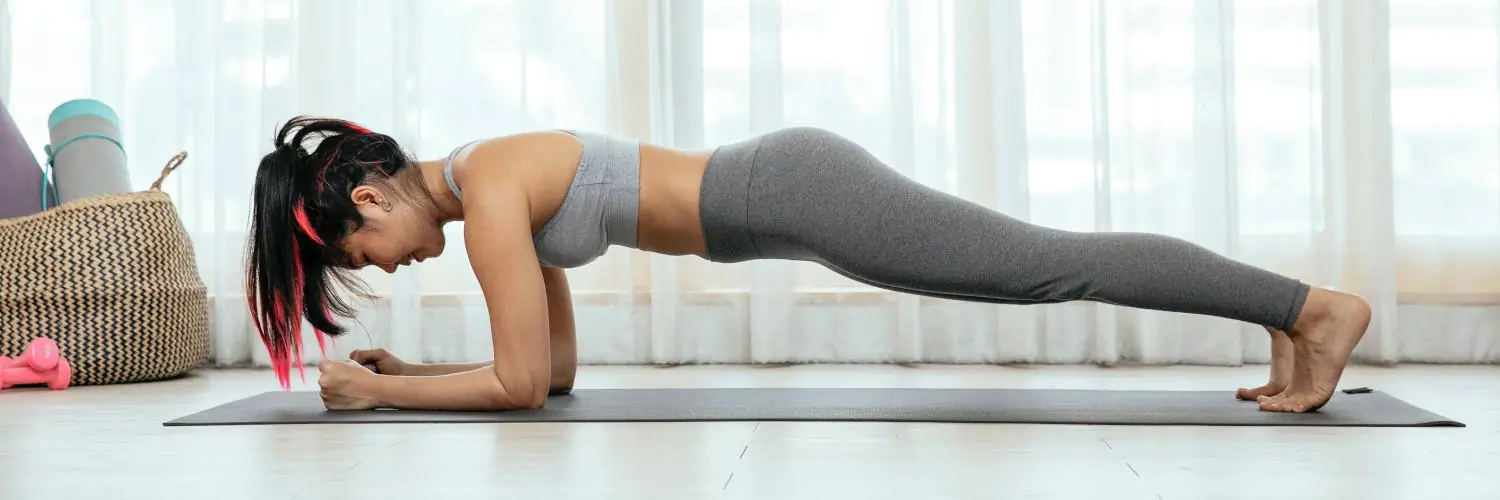Table of Contents
How To Safely Kayak In Choppy Water
Most casual kayakers avoid rough conditions, but with the right equipment, water temperatures, and attitude, it can be a fun learning experience. The summer is the best time to hone your skills, simply because the water temperature is warmer and the chances of someone coming to fish you out if you go for a swim is much higher, as well as safer, for all involved. It is not suggested to go somewhere well above your skill level, but going out and practicing on a relatively shallow lake where waves tend to build will only make you a better paddler. Most kayakers tend to ease up, get tense and aim straight into the waves when the water gets a little rough. By training in rough water, we can learn better techniques and actually begin to enjoy the challenge. The tips below can help you transition from a timid kayaker into a confident one.
Lengthen Your Stroke
The more time your paddle stays in the water, the less likely you are to feel tippy and the more control you will have. This may mean slowing down your stroke rate and really focusing on reaching forward. Rough water is the ONLY time that you want to paddle behind your hips, but it is very effective to increase stability. Trust your stroke, it will keep you upright. While you lengthen your stroke, also practice various braces. Hopefully, you won’t have to use them, but if you have confidence in your brace and stroke, then you won’t instinctively grab the gunwales (which never makes you more stable) when things get choppy.
Paddle on top of the Waves
Open-hull canoes that bounce on the waves quickly fill with water, and either sink or flip. Spray skirts may help, but bouncing still reduces hull speed and can still send the boat shooting off in undesirable directions. To avoid the dreaded bounce, bury the paddle blade in the top of the wave. Your stroke rate will vary based on the condition, but with hitting the tops of the waves, you can smooth out the glide and push the boat forward. In small chop or wind waves, you may find you are hitting every third peak; in large, rolling waves, you may hit the top of each. It is a bit harder in the stern or in a multi-seat boat, but if the bow paddler hits the tops of the waves, the whole boat will be more stable and allow all paddlers to have a better stroke.
Use a Longer Paddle
Paddle length is probably fairly consistent for most people in all conditions, but if you have a few different paddles, the longest one is best for deep water. You will get better leverage in the large waves, plus you aren’t hitting the bottom of the river with the blade as you may in shallow water. Along with a longer paddle, you can drop the bottom hand further down the paddle shaft to make your paddle “feel” longer. This will cause you to engage your upper body and core more in the stroke and make you more stable than when just paddling with your arms. It also makes a longer stroke easier to attain.
Pick a Point
It’s easy to be swept one way or another by large waves and travel much further than necessary. In order to avoid this, pick a stationary point to aim for and keep perspective. This may mean that you aren’t facing into the waves or surfing down them. While going straight into the waves feels very stable, it can cause you to take on water and swamp. Riding down big bumps is fun and should be employed as a tactic, but the waves aren’t always traveling in the direction that you are going. Getting swept way off course can cause more problems later on. Paddling “parallel” to the waves may feel a bit more rolling at first, but you can paddle in bigger water without taking on water – as long as you are out past the wave break.
Big water paddling has always been a little bit intimidating. You will find that focusing on surfing a wave, traveling towards a point or hitting the tops of the waves helps me get “in the zone,” and ignore the sheer size of the water. Practice (and the right equipment) allows us to paddle places that otherwise would be intimidating and are not that easy to be explored or visited.








